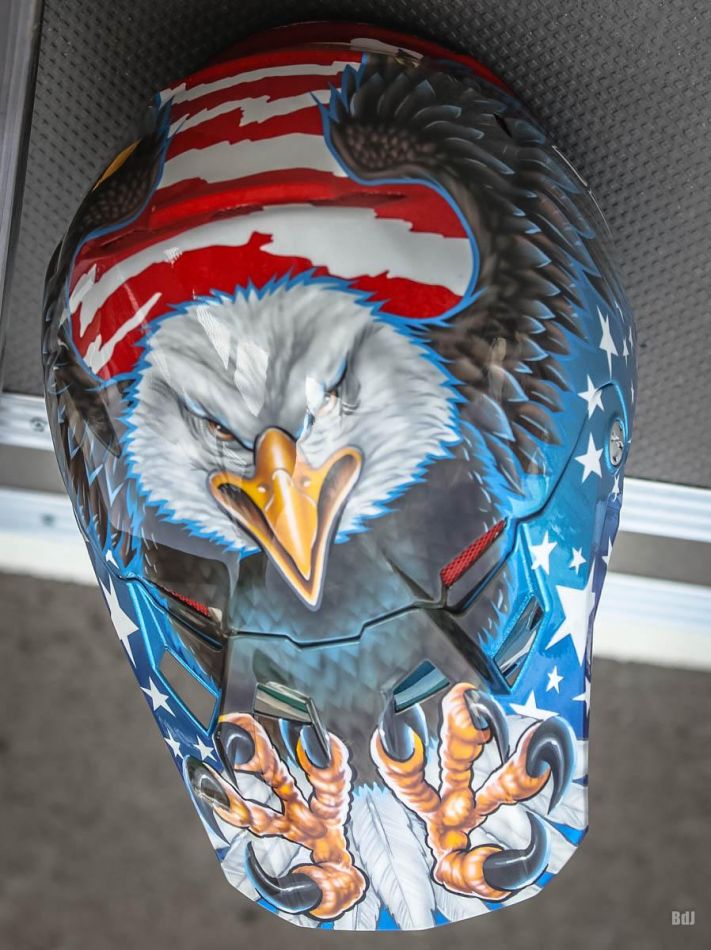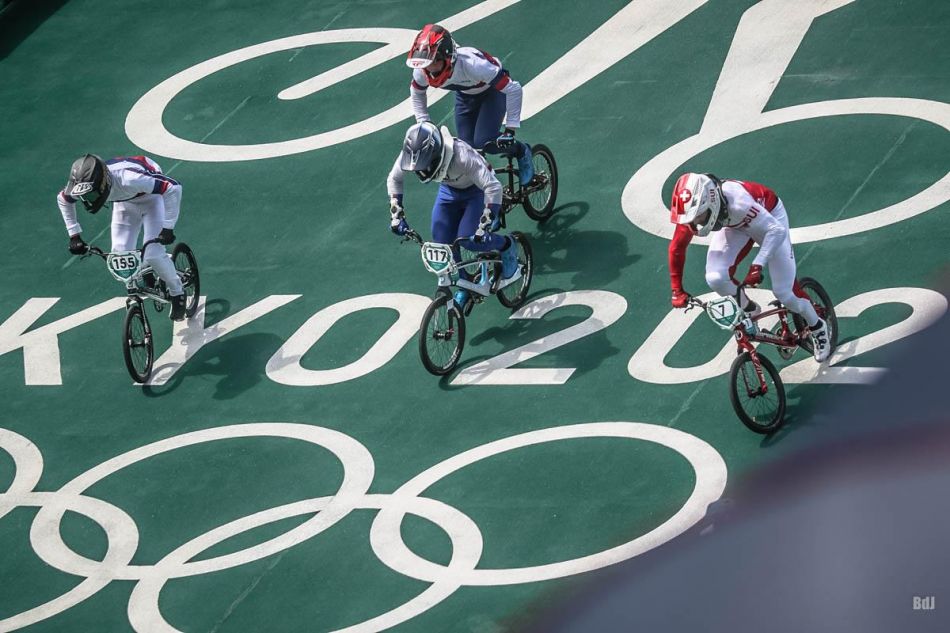 BMXing is one of the newest sports at the Olympics, being contested for the first time at Beijing 2008. It is one of the most high-octane spectacles at the legendary Games, with riders either competing against each other in terms of speed or tricks. BMXing was written off as a non-serious “extreme” sport for a long time, so its eventual inclusion generated great excitement worldwide. Sports bettors have also taken to Olympic BMXing due to its fast-paced nature, where winners and losers can change places in a heartbeat. It’s not the most common sport for betting sites to include, so make sure you play at the best. Reading reviews is a great way to find the leading platforms, and one of the top examples is BetVictor Canada.
BMXing is one of the newest sports at the Olympics, being contested for the first time at Beijing 2008. It is one of the most high-octane spectacles at the legendary Games, with riders either competing against each other in terms of speed or tricks. BMXing was written off as a non-serious “extreme” sport for a long time, so its eventual inclusion generated great excitement worldwide. Sports bettors have also taken to Olympic BMXing due to its fast-paced nature, where winners and losers can change places in a heartbeat. It’s not the most common sport for betting sites to include, so make sure you play at the best. Reading reviews is a great way to find the leading platforms, and one of the top examples is BetVictor Canada.
But before you place a wager, have you ever wondered how BMXing got to the Olympic Games in the first place? Stay with us for the story!
BMX’s journey to becoming an Olympic sport
BMXing was originally a way for kids to emulate their motocross heroes – albeit on a vehicle without an engine. It originated in California as a racing sport before spreading across the US in the 1970s. Contestants race on bicycles that are generally smaller than usual, with wider handlebars.
There are commonly small jumps and other obstacles to navigate. The International BMX Federation was established in 1981, vastly increasing the credibility of the sport. An inaugural 1982 BMX World Championships followed before it was integrated into the Union Cycliste Internationale in 1993.
The International BMX Federation was established in 1981, vastly increasing the credibility of the sport. An inaugural 1982 BMX World Championships followed before it was integrated into the Union Cycliste Internationale in 1993.
This very much set the scene for a considerable BMX popularity boom, with events like the Japanese BMX Racing National Championships running worldwide.
When did BMX enter the Olympics?
The stage was set for BMX to enter the Olympics after becoming an official member of the cycling world governing body. Fans and riders would, however, have to wait a decade until it was formally given Olympic status in 2003. It wasn’t on the schedule at Athens 2004, first entering the fray at Beijing 2008 . The BMX Racing event generated considerable enthusiasm at the Chinese Olympics. Māris Štrombergs of Latvia picked up the gold, with Americans Mike Day and Donny Robinson making up the rest of the podium. In the women’s event, Anne-Caroline Chausson won gold, with Laëtitia Le Corguillé and Jill Kintner taking silver and bronze, respectively.
. The BMX Racing event generated considerable enthusiasm at the Chinese Olympics. Māris Štrombergs of Latvia picked up the gold, with Americans Mike Day and Donny Robinson making up the rest of the podium. In the women’s event, Anne-Caroline Chausson won gold, with Laëtitia Le Corguillé and Jill Kintner taking silver and bronze, respectively.
Tokyo 2020: the addition of freestyle
BMX grew steadily in popularity at the 2008, 2012 and 2016 Olympic Games. Its popularity was at a peak by the time the delayed 2020 edition came around, so much so that a new category was added. The Tokyo 2020 BMX Freestyle competition was the first of its kind, pitting riders against each other in a battle of flair, skill and bravery.
The Australian Logan Martin got his hands on the gold medal after hitting a 93.30 score. Team GB’s Charlotte Worthington narrowly beat the USA’s Hannah Robert in a tense finale on the women’s side.
What does the future hold for BMX?
The future looks bright for BMXing. All eyes are on Paris 2024 after the sport’s significant success and popularity at the last few Olympics.




 After doing a BMX 'zine for ten years (1987 - 1996) FATBMX made it on the internet. The year was 1998. Here to stay.
After doing a BMX 'zine for ten years (1987 - 1996) FATBMX made it on the internet. The year was 1998. Here to stay.